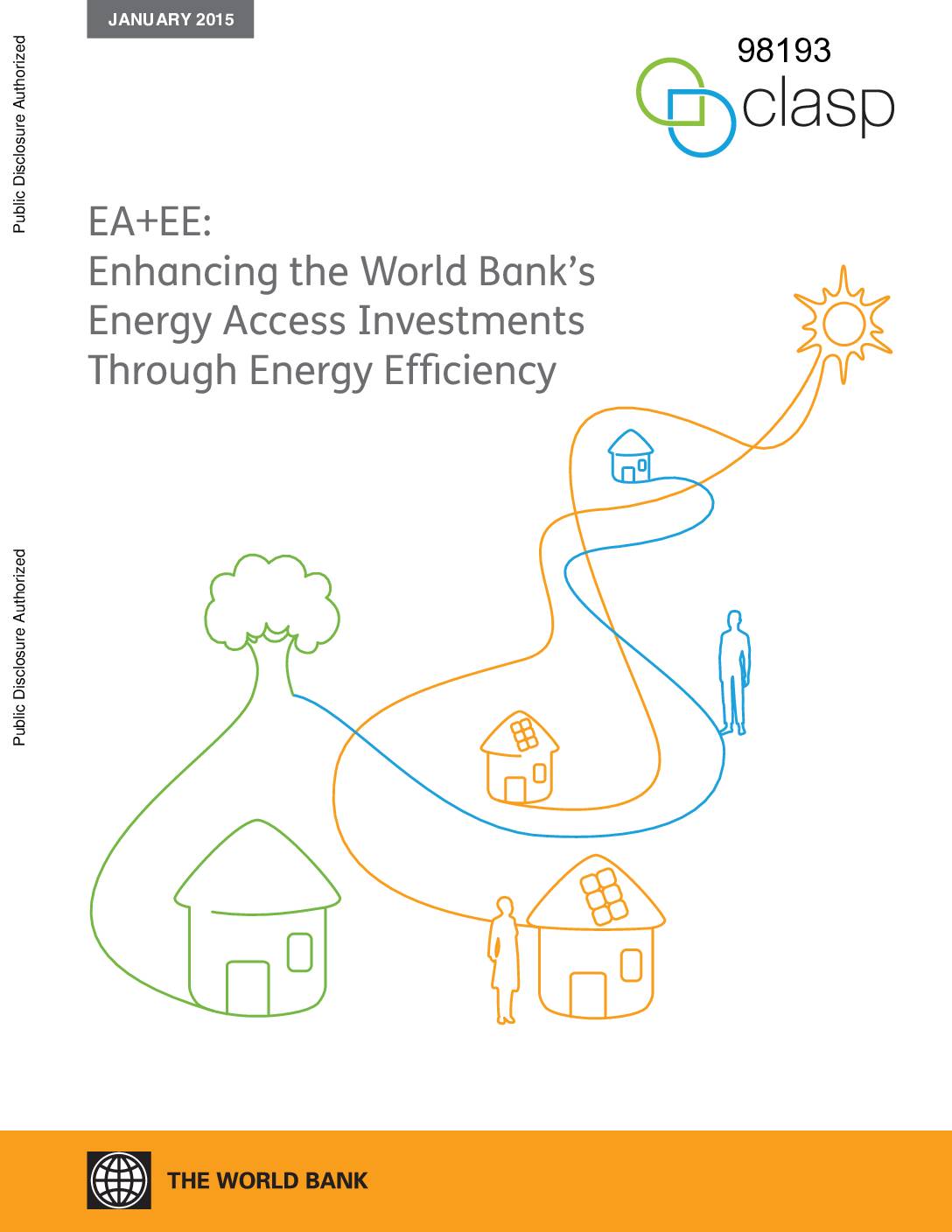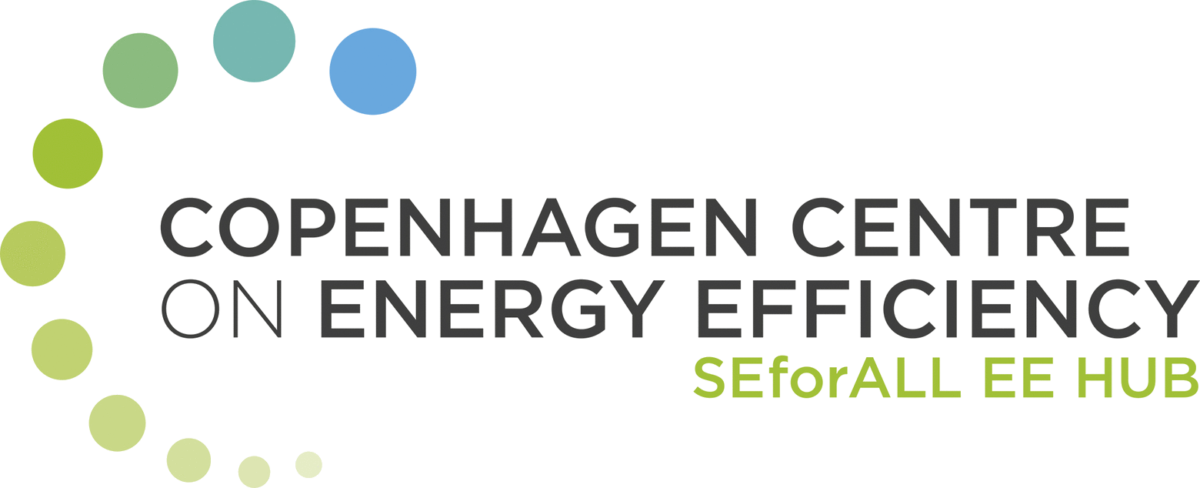More than 1.2 billion people around the globe lack access to electricity, and another billion suffer from unreliable access. Energy poverty is all too common among the world’s poorest 4 billion people—a group collectively known as the Base of the Economic Pyramid (BoP)— and is particularly prevalent among economically and socially vulnerable communities, disproportionately affecting women, children, and ethnic and/or religious minorities. According to the International Energy Agency, access to energy (energy access or EA) “plays a strong role in poverty eradication, reducing infant mortality, improving education, ameliorating gender inequality, attaining environmental sustainability, and accelerating global economic growth and prosperity.” Energy efficiency (EE) is a powerful, regularly overlooked driver of EA, and it has the potential to fundamentally reshape and accelerate global efforts to deliver modern energy services to BoP communities. Energy service— not energy supply—is what accomplishes the goals of energy access, and efficiency can maximize the delivery of energy service while minimizing the financial, social, and environmental costs of energy supply.
Download sourceShare this

Sectors: Cross cutting, Power sector, Renewables
Country / Region: Africa, Global
Tags: electricity generation, energy, energy access, energy efficiency, energy povertyKnowledge Object: Publication / Report
Published by: World Bank / CLASP
Publishing year: 2015
Author: World Bank / CLASP
